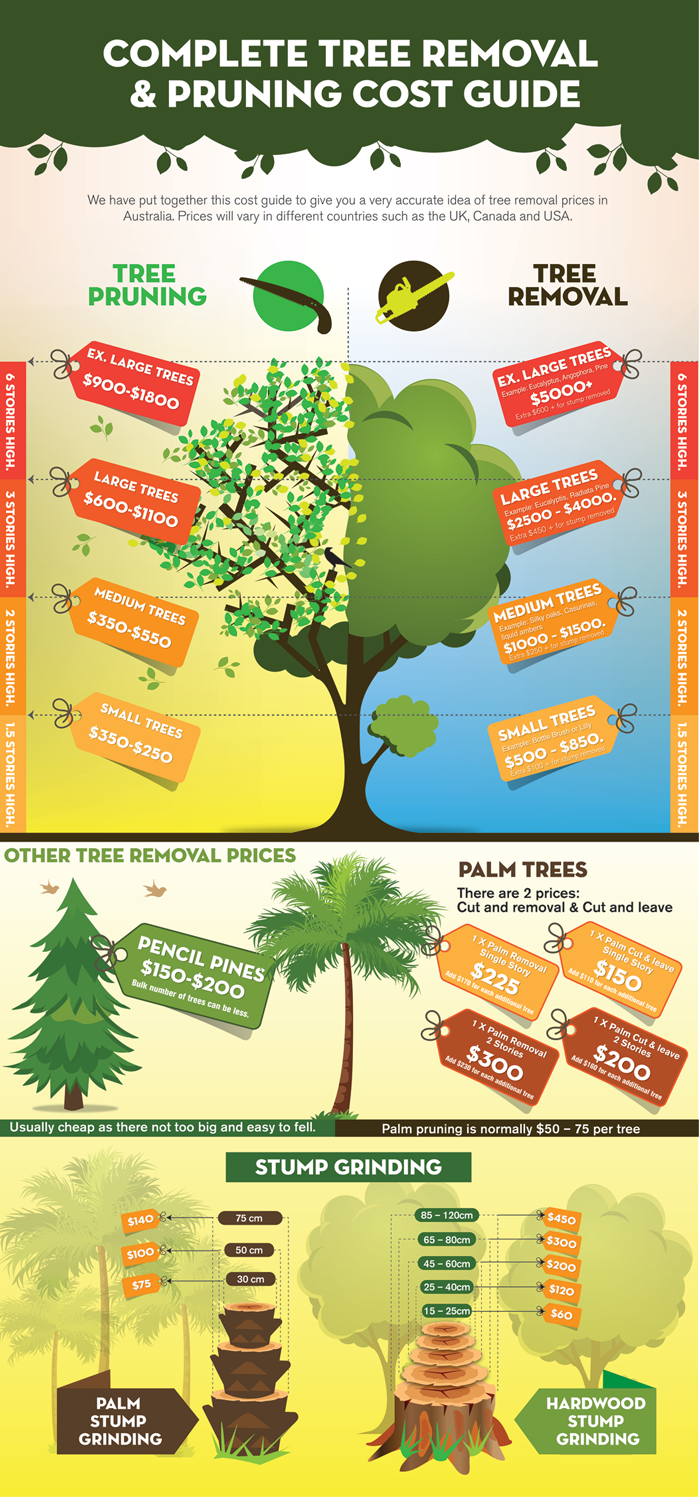Look For Significant Cautions That Your Tree Could Be A Hazard; Understanding These Can Assist Safeguard Your Home And Your Family.What Should You Keep An Eye Out For Following?
Look For Significant Cautions That Your Tree Could Be A Hazard; Understanding These Can Assist Safeguard Your Home And Your Family.What Should You Keep An Eye Out For Following?
Blog Article
Material Created By-Harrell Goodman
When it involves tree treatment, identifying the indicators that it's time for removal is necessary for your safety and security and home. You might discover stained leaves, wilting branches, or odd fungal growths showing health problems. Architectural problems, like a significant lean or fractures in the trunk, can likewise position risks. Comprehending these warning signs can assist you make informed choices regarding your trees and avoid potential dangers lurking in your backyard. What should you try to find following?
Indications of Decay and Illness
When you observe signs of decay and disease in your trees, it's essential to act rapidly. Seek blemished fallen leaves, wilting branches, or unusual growths like fungus. These can suggest that your tree is struggling.
If you see splits in the bark or soft, mushy timber, these signs and symptoms suggest interior degeneration. Furthermore, pop over here in pests around your tree can indicate that it's weakened and vulnerable.
Look for any dead or passing away arm or legs, as they posture a risk to your home and security. If you're uncertain regarding what you see, seeking advice from an arborist can offer clearness.
Attending to these indications early can save you from much more comprehensive damages and ensure the wellness of your lawn. Don't wait till it's far too late.
Structural Instability and Leaning
As you observe your trees, watch out for any kind of indications of architectural instability or leaning. If a tree leans considerably, it may indicate that the origin system is jeopardized.
source for this article of splits in the trunk or soil around the base; these can signify possible failure. Additionally, check for uncommon development patterns, like a lopsided crown, which might suggest that the tree is battling to hold itself upright.
If you see that the tree leans toward your home, high-voltage line, or various other frameworks, it postures a higher threat. Do not neglect these indications-- consult an arborist to assess the scenario.
Taking action early can avoid pricey damages and guarantee your safety and security.
Dead or Perishing Branches and Foliage
If you discover dead or dying branches and vegetation on your tree, it's a clear indicator that something's wrong.
These undesirable areas can indicate underlying concerns like disease, pest infestations, or ecological anxiety. When branches shed their fallen leaves or turn brownish, they're no more adding to the tree's health. Ignoring these signs could result in further decrease, making your tree extra hazardous.
Dead branches can quickly break off during tornados, posturing a risk to residential property and people nearby. It's crucial to examine the extent of the damages.
If the issue affects a substantial part of the tree, think about seeking advice from an expert. They can assist determine if removal is required to make sure security and keep the appeal of your landscape.
Final thought
If you see any kind of signs of decay, architectural instability, or dead branches on your trees, do not overlook them. These signs can present significant safety threats to you and your residential property. It's always best to get in touch with a professional arborist who can offer a specialist analysis of your trees. Doing something about it early can protect against accidents and costly damages, ensuring your landscape stays safe and healthy and balanced. Bear in mind, it's far better to be proactive regarding tree treatment than to wait for a calamity to occur.
